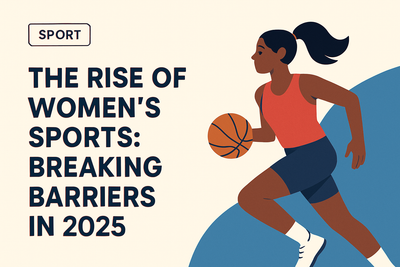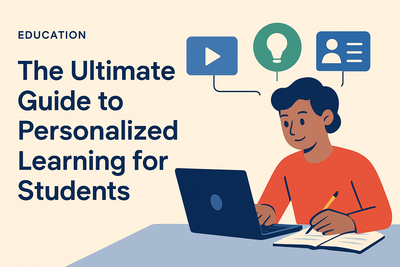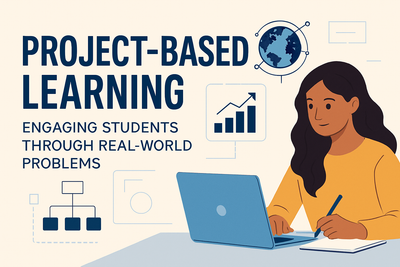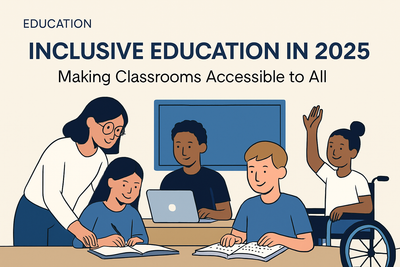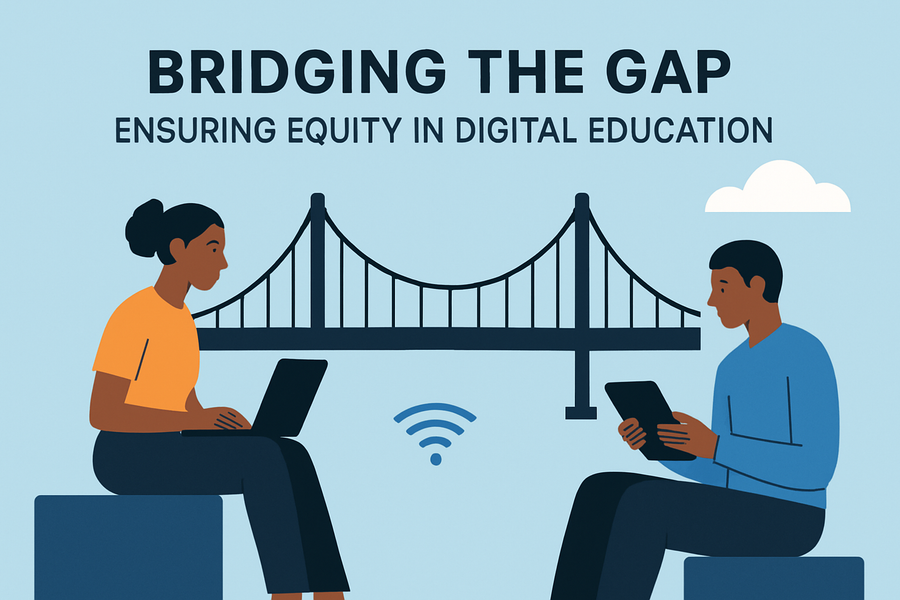
Introduction
The rapid evolution of technology has transformed classrooms around the globe, ushering in an era of digital education. However, as online tools and virtual classrooms become the norm, a critical question looms: Are all students truly benefiting equally? The digital divide—defined by unequal access to technology and internet connectivity—threatens to widen educational disparities. In this blog post, we’ll dive into what equity in digital education really means, explore the challenges, and highlight solutions that can help bridge this crucial gap.
Understanding the Digital Divide
The digital divide refers to the gap between individuals who have access to modern information and communication technology and those who do not. In the context of education, this includes:
- Device availability: Not all students have personal computers or tablets.
- Reliable internet access: High-speed internet is still a luxury in many rural and low-income areas.
- Digital literacy: Some students and even educators lack the skills needed to effectively use digital tools.
These disparities often disproportionately affect students from marginalized communities, including low-income families, rural populations, and ethnic minorities.
Why Equity in Digital Education Matters
Equity goes beyond equality. While equality means giving everyone the same resources, equity involves providing resources based on individual needs so that each student can achieve the same level of success.
In digital education, this could mean:
- Providing loaner laptops or subsidized devices to students in need.
- Offering offline learning materials for those with limited connectivity.
- Implementing training programs to enhance digital literacy for both students and teachers.
Equity ensures that no child’s future is determined by their ZIP code or household income.
Barriers to Achieving Digital Equity
Despite growing awareness, several barriers remain:
- Infrastructure gaps: Many rural or underfunded schools lack the necessary infrastructure.
- Insufficient funding: Budget constraints make it hard to implement widespread technological upgrades.
- Cultural and language differences: Digital content often lacks inclusivity, making it inaccessible to non-native speakers or culturally diverse students.
Identifying these obstacles is the first step toward building more inclusive digital learning environments.
Strategies for Bridging the Gap
Achieving equity in digital education requires a multi-faceted approach. Here are some promising strategies:
1. Public-Private Partnerships
Collaborations between governments and tech companies can provide schools with discounted or free technology, improved internet infrastructure, and ongoing support.
2. Community-Based Solutions
Libraries, community centers, and places of worship can serve as local digital hubs offering internet access and digital literacy workshops.
3. Inclusive Curriculum Design
Educational content must reflect diverse cultures, languages, and learning styles. Accessibility features such as screen readers and closed captions make learning inclusive for all.
4. Teacher Training Programs
Empowering educators with the tools and knowledge to integrate technology effectively ensures that digital tools are used to enhance learning—not hinder it.
5. Policy Advocacy
Long-term change depends on policies that prioritize digital equity. Advocates must push for legislation that addresses infrastructure, funding, and equal access.
Conclusion
Bridging the digital divide is not just about distributing devices—it’s about creating a comprehensive, inclusive framework where every student, regardless of background, has the opportunity to thrive in a digital learning environment. From policymakers to parents, it takes a collective effort to ensure that technology fulfills its promise as a great equalizer in education. As we look to the future, let’s commit to building a digital education system that truly works—for everyone.

